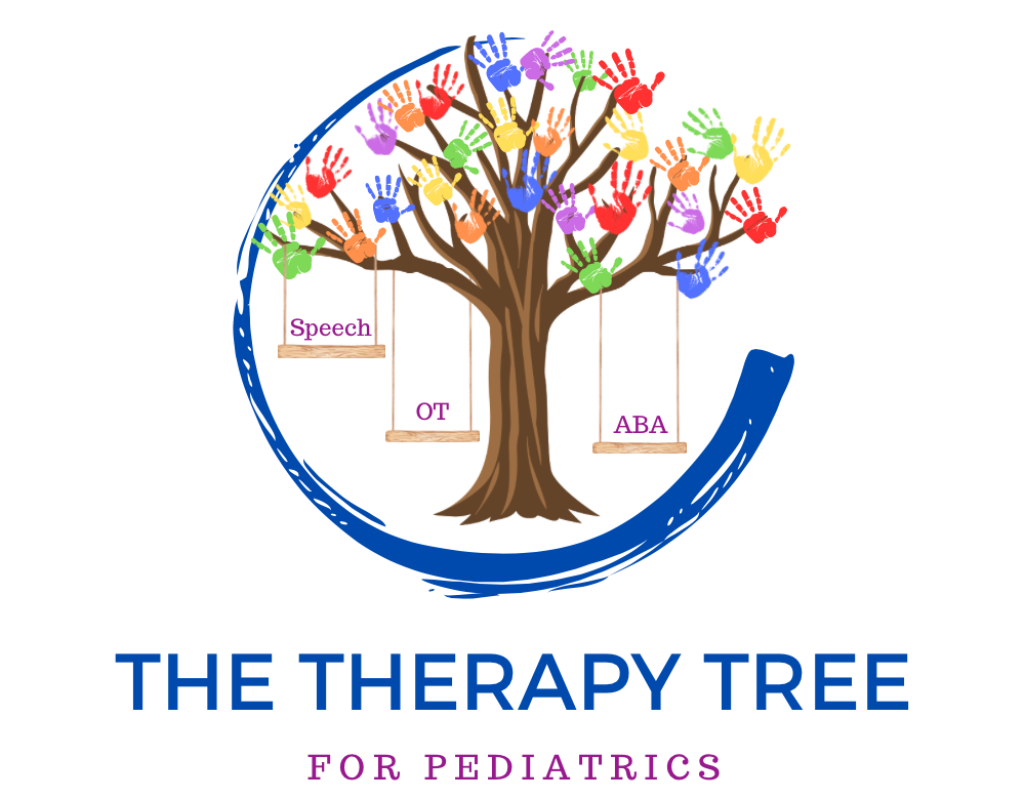When Children Grieve: What to Say, What to Do, and How to Help
Grief is a deeply human experience—but for children, it’s also a confusing one. When someone they love dies or something precious is lost, they don’t always have the words, context, or emotional tools to make sense of what they’re feeling. At The Therapy Tree, we believe that supporting children through grief is not just about what we say, but how we help them feel safe, seen, and supported.
Understanding Grief Through a Child’s Eyes
Children don’t grieve like adults. Their reactions to death and loss vary depending on their age, developmental stage, personality, and past experiences.
- Toddlers (Ages 1–3) don’t understand the permanence of death. They may appear unaffected at times, but experience grief through changes in behavior—like regression or separation anxiety.
- Preschoolers (Ages 3–5) often view death as temporary or reversible. They may ask the same questions repeatedly, trying to understand.
- School-aged children (6–12) begin to grasp the finality of death. Their grief may show up in mood swings, withdrawal, or trouble concentrating at school.
- Teenagers understand death more like adults but may suppress emotions or seek independence as a coping mechanism.
Knowing these developmental differences helps caregivers frame conversations in an age-appropriate, compassionate way.
Starting the Conversation
The hardest part for many adults is knowing how to begin.
Start with honesty and simplicity. Avoid euphemisms like “passed away” or “went to sleep,” which can confuse children or lead to fear (e.g., of falling asleep). Instead, say things like:
- “Grandma died. That means her body stopped working and she can’t come back.”
- “It’s okay to feel sad, angry, or confused. I feel that way too.”
Let your child guide the conversation. Answer their questions calmly, and don’t be afraid to say “I don’t know” if you’re unsure how to respond. Children benefit more from your presence than your perfection.
Recognizing Grief in Children
Children might not say “I’m grieving,” but they show it in other ways. Regressive behaviors, such as bedwetting and clinginess, or changes in eating or sleeping habits can be behaviors that might suggest grief. Furthermore, physical complaints like stomachaches, as well as trouble focusing or declining school performance can be signs as well.
Every child grieves differently. One may cry openly; another may act as if nothing has happened. Both responses are valid. At The Therapy Tree, we help families understand that grief isn’t linear—and there’s no “right” way for a child to process loss.
Helping Children Express Their Feelings
Children need outlets to process big emotions. Here are some helpful strategies:
1. Name the Feeling
Younger children may struggle to articulate their emotions. Help them build an emotional vocabulary:
“It looks like you’re feeling really mad right now. Sometimes sadness can feel like anger.”
2. Use Play and Art
Through art, drawing, pretend play, or storytelling, children naturally express inner thoughts. Try these activities:
- Drawing a picture of the person who died
- Creating a “feelings thermometer” to track emotions
- Role-playing with dolls or puppets
3. Create Rituals and Remembrance
Children often benefit from concrete ways to say goodbye or honor a loved one. Rituals provide structure and comfort—and reinforce that love continues even after loss. Ideas include:
- Making a memory box or scrapbook
- Lighting a candle and sharing stories
- Writing letters or drawing pictures for the person who died
Special Types of Loss
Not all grief comes from death. Each of these requires sensitive and honest explanations, adjusted for age and understanding. For example:
- Divorce or separation – loss of family structure or daily contact with a parent
- Moving away – leaving friends, schools, or familiar environments
- Death of a pet – often a child’s first encounter with loss
- Sudden death or suicide – which may bring trauma, guilt, or confusion
If you’re unsure how to approach a sensitive topic, therapists can help guide that conversation.
Final Thoughts
Explaining grief to children isn’t about having all the answers—it’s about showing up. Your willingness to be honest, available, and loving is more powerful than any script.
At The Therapy Tree, we walk beside families on their journey through grief, offering therapeutic support grounded in compassion, expertise, and child-centered care.
Whether you’re navigating the death of a loved one, the grief of change, or helping your child heal after loss, you don’t have to do it alone.
